- 路 Microwave
- 路 Atmospheric Pressure Microwave 路 Pressure Microwave 路 Parallel Microwave
- 路 Ultrasonic 路Low Temperature Ultrasound
- 路 Ultraviolet Light
- 路 Microwave Heating 路 Atmospheric Pressure Synthesis 路 Atmospheric Pressure Catalysis 路 Atmospheric Pressure Extraction
- 路 Sample Preparation 路 Microwave Digestion
- 路 Soil Digestion 路 High Pressure Synthesis
- 路 Solid Phase Synthesis
- 路 Organic Synthesis
- 路 Ionic Liquid Synthesis
- 路 Degradation Of Natural Organic Matter
- 路 Natural Product Extraction / Purification
河北祥鹄科学仪器有限公司
225 Production of furfural from xylose, water-insoluble hemicelluloses and water-soluble fraction of corncob via a tin-loaded montmorillonite solid acid catalyst
This paper, written by researchers from South China University of Technology and others, discusses Production of furfural from xylose, water-insoluble hemicelluloses and water-soluble fraction of corncob via a tin-loaded montmorillonite solid acid catalyst. The paper is published in an important journal < Bioresource Technology>. IF:5.807.
In recent years, the research work of microwave chemical instrument used in the synthesis of materials has become a hot direction of scientific research, which has been paid great attention to by many scholars!
The conversion of xylose, water-insoluble hemicelluloses (WIH) and water-soluble fraction (WSF) of corncob to furfural was performed using montmorillonite with tin ions (Sn-MMT) containing double acid sites as a solid acid catalyst. The co-existence of Lewis acids and Brønsted acids in Sn-MMT was shown to improve the furfural yield and selectivity. 76.79% furfural yield and 82.45% furfural selectivity were obtained from xylose using Sn-MMT as a catalyst in a biphasic system with 2-s-butylphenol (SBP) as the organic extracting layer and dimethyl sulfoxide (DMSO) as the co-solvent in contact with an aqueous phase saturated with NaCl (SBP/NaCl-DMSO) at 180 C for 30 min. Furthermore, Sn-MMT also demonstrated the excellent catalytic performance in the conversion of pentose-rich materials of corncob and 39.56% and 54.15% furfural yields can be directly obtained from WIH and WSF in the SBP/NaCl-DMSO system, respectively.

Fig.1/4↑
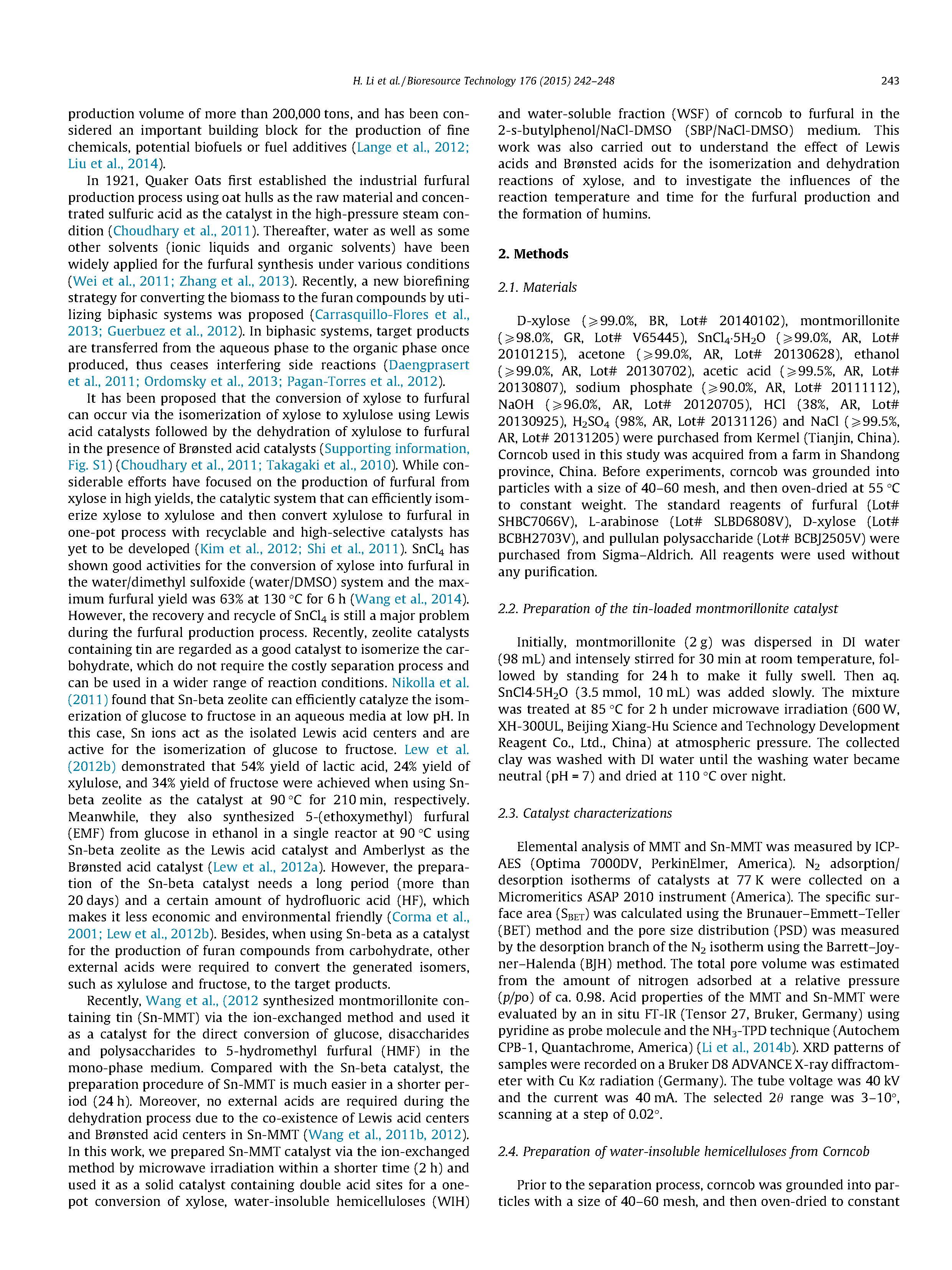
Fig.2/4↑
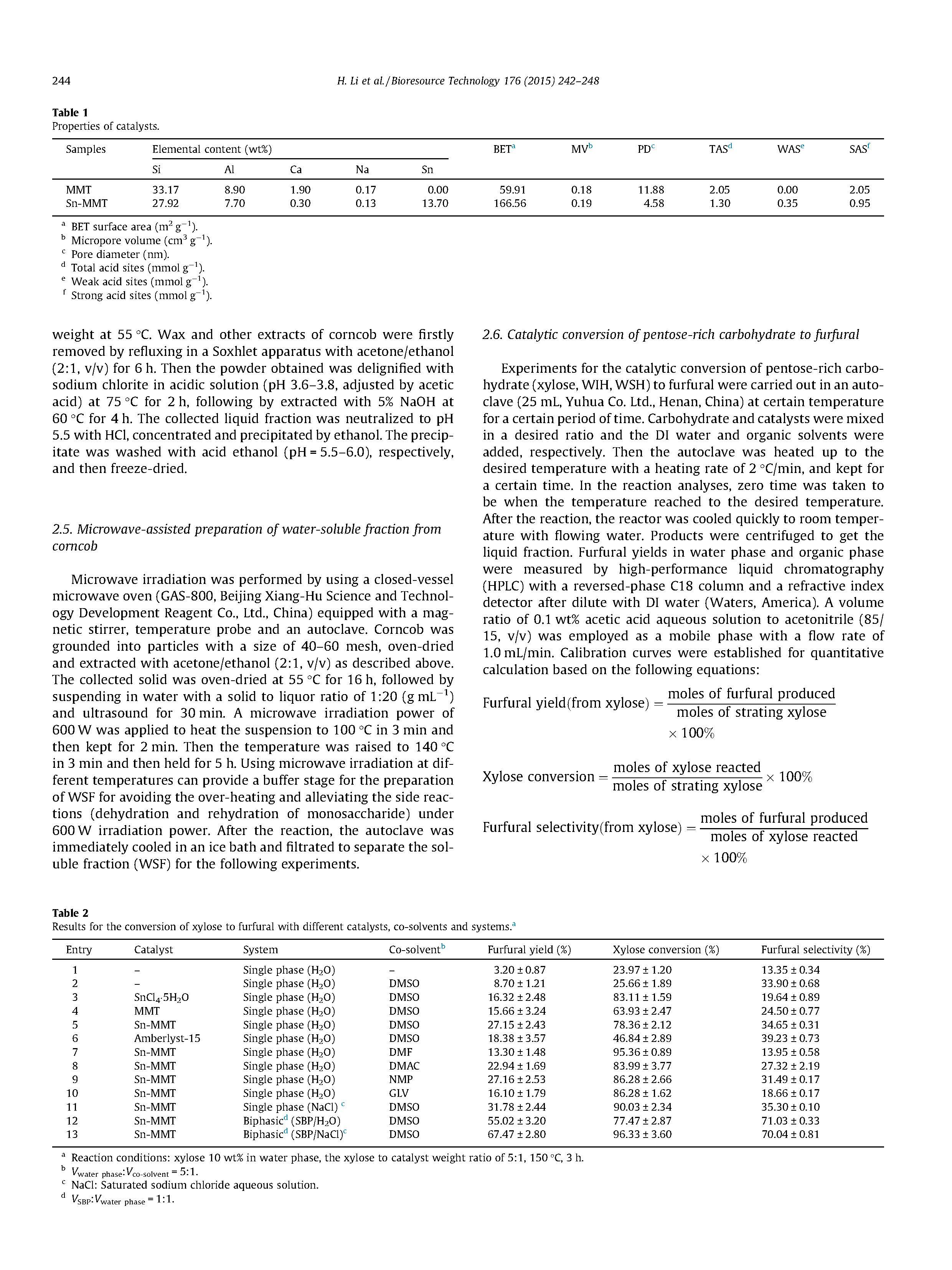
Fig.3/4↑
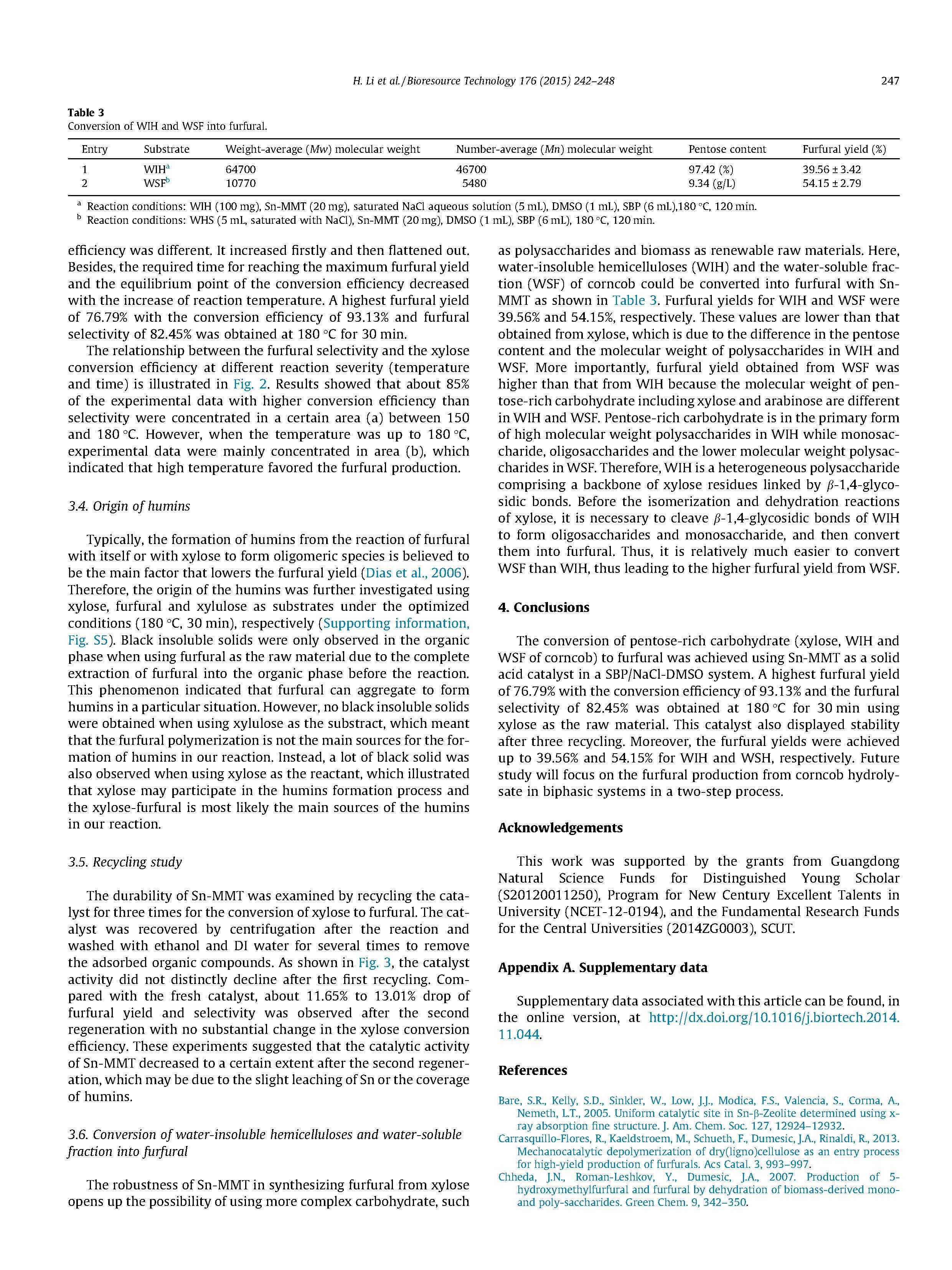
Fig.4/4↑
The conversion of pentose-rich carbohydrate (xylose, WIH and WSF of corncob) to furfural was achieved using Sn-MMT as a solid acid catalyst in a SBP/NaCl-DMSO system. A highest furfural yield of 76.79% with the conversion efficiency of 93.13% and the furfural selectivity of 82.45% was obtained at 180 C for 30 min using xylose as the raw material. This catalyst also displayed stability after three recycling. Moreover, the furfural yields were achieved up to 39.56% and 54.15% for WIH and WSH, respectively. Future study will focus on the furfural production from corncob hydrolysate in biphasic systems in a two-step process.
Initially, montmorillonite (2 g) was dispersed in DI water (98 mL) and intensely stirred for 30 min at room temperature, followed by standing for 24 h to make it fully swell. Then aq. SnCl4 5H2O (3.5 mmol, 10 mL) was added slowly. The mixture was treated at 85 C for 2 h under microwave irradiation (600 W, XH-300UL, Beijing Xiang-Hu Science and Technology Development Reagent Co., Ltd., China) at atmospheric pressure. The collected clay was washed with DI water until the washing water became neutral (pH = 7) and dried at 110 C over night.








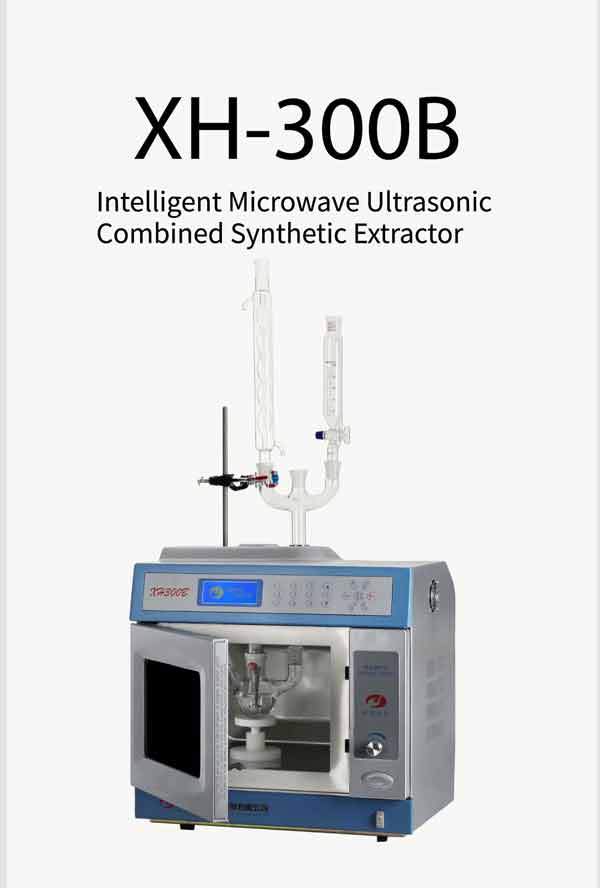

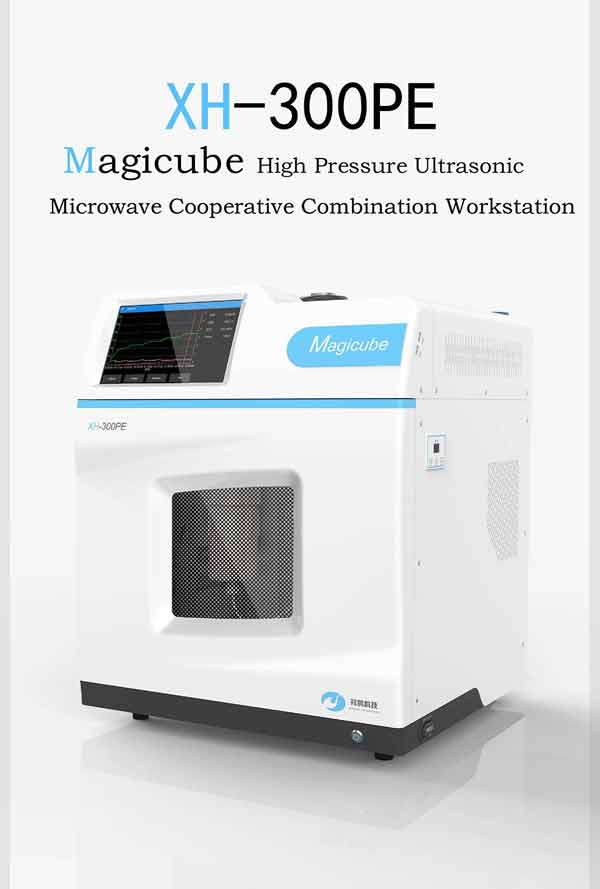
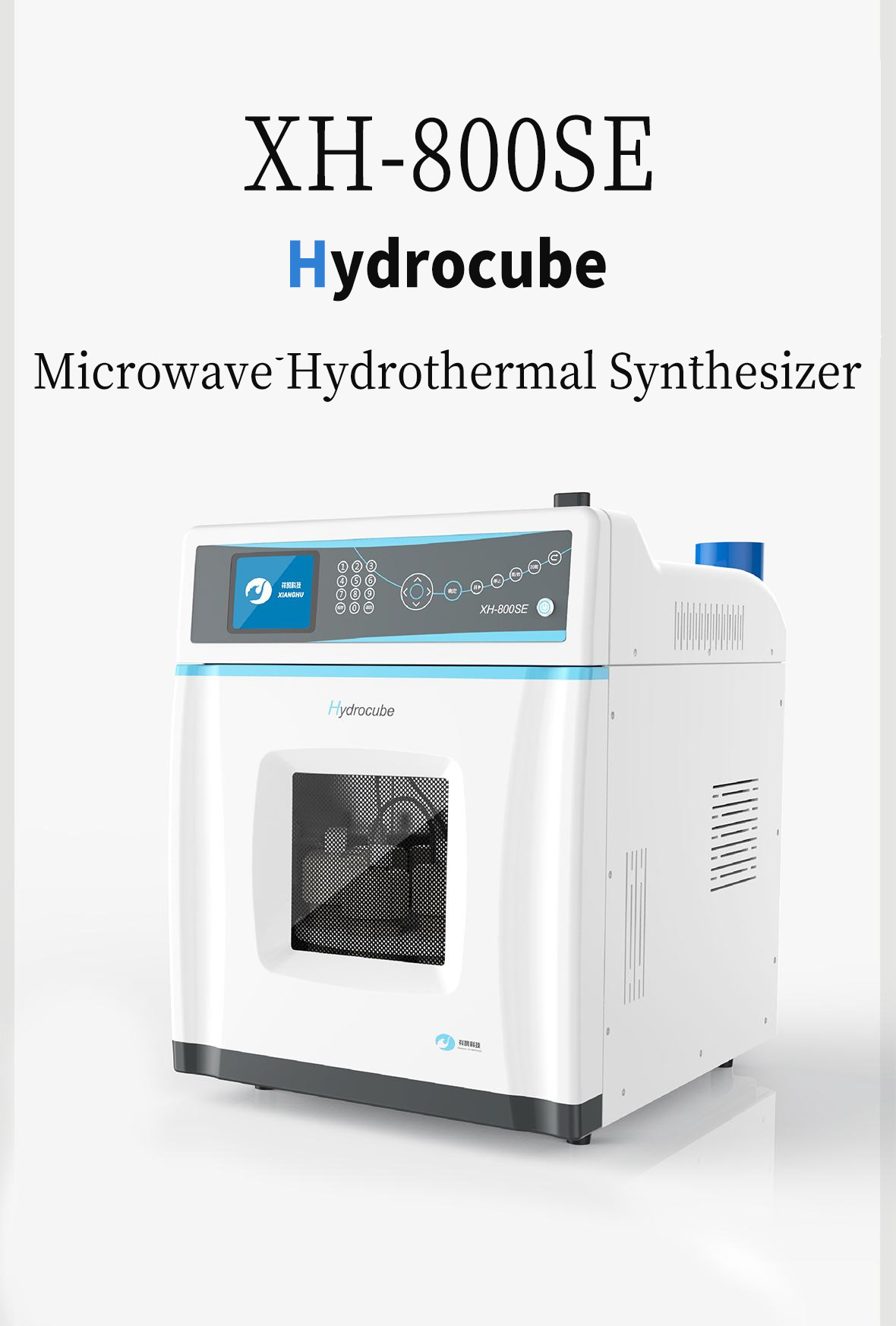
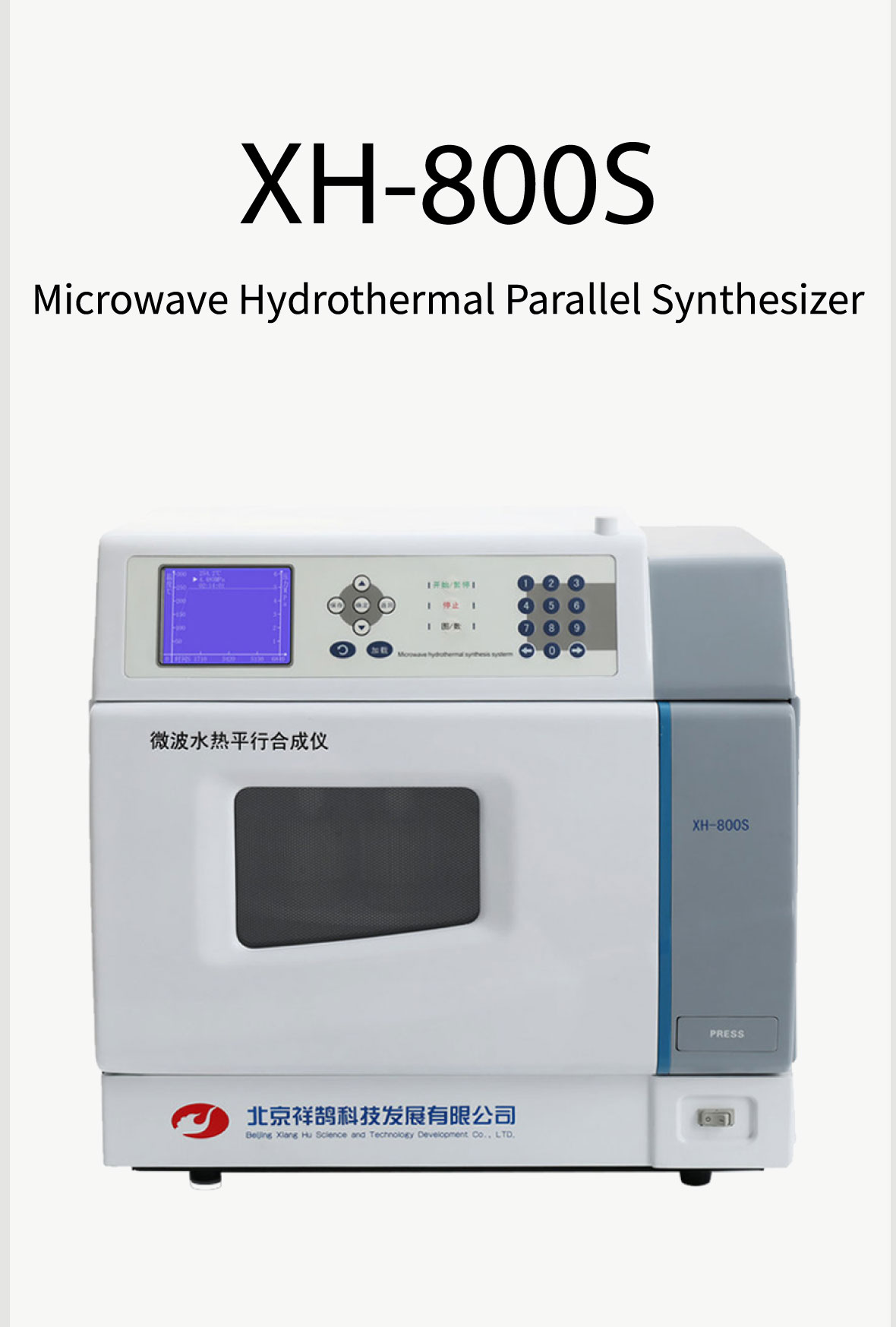
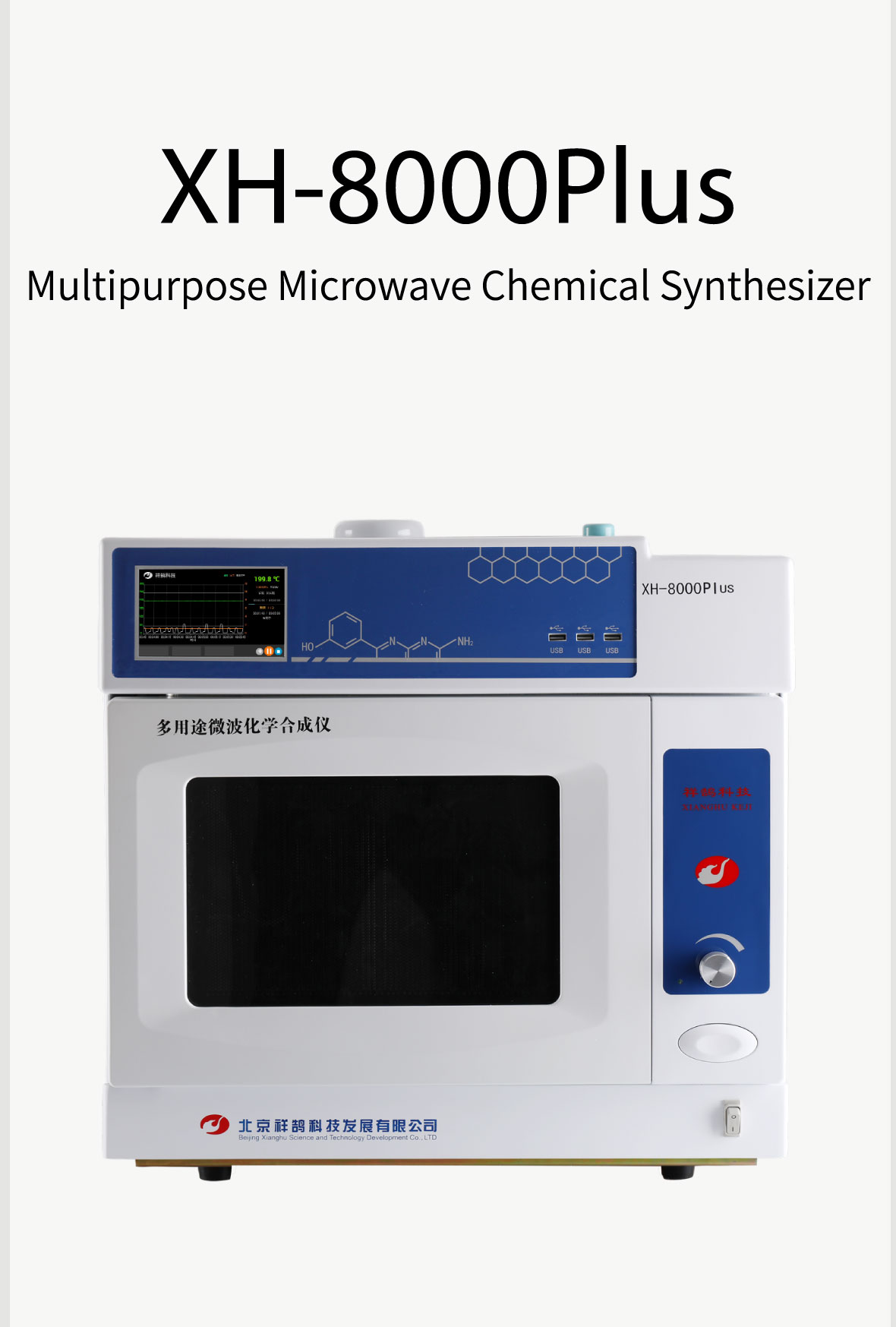
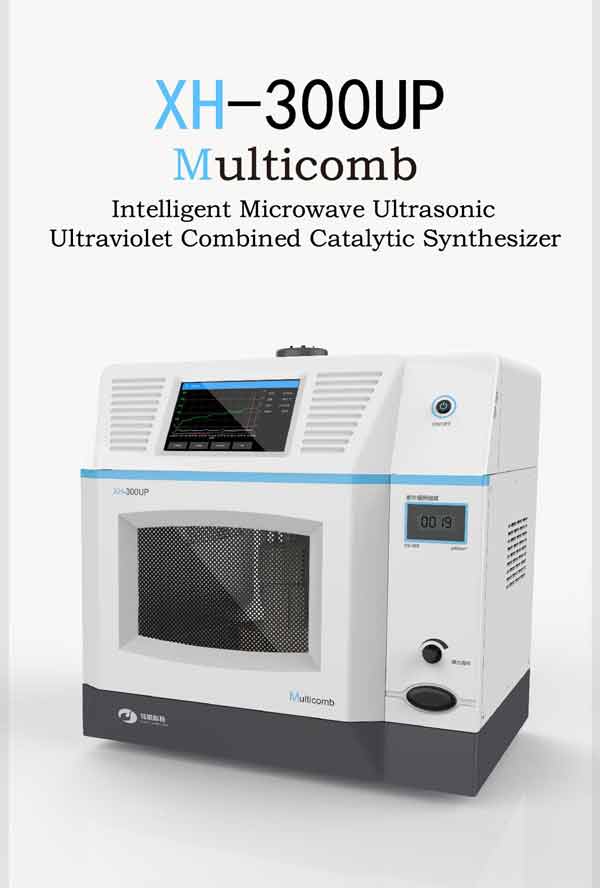
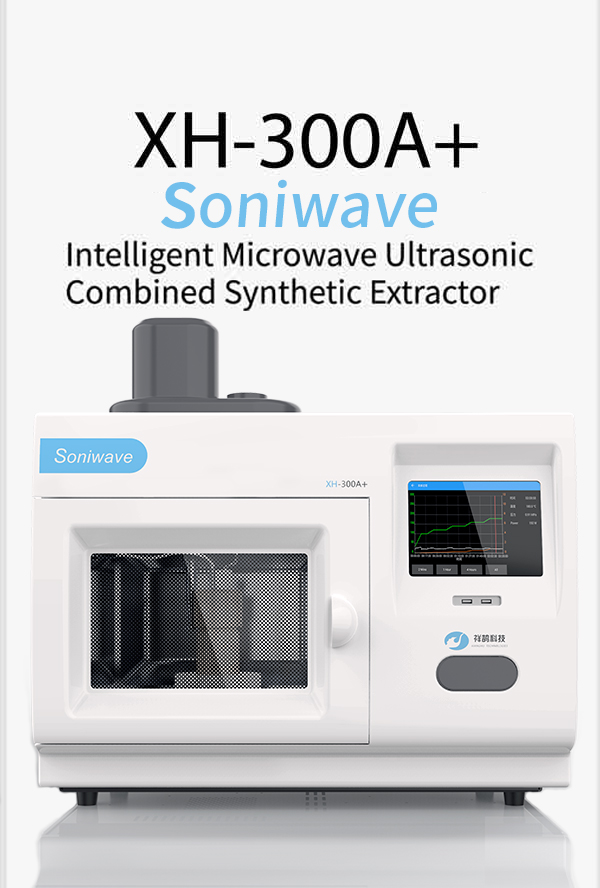

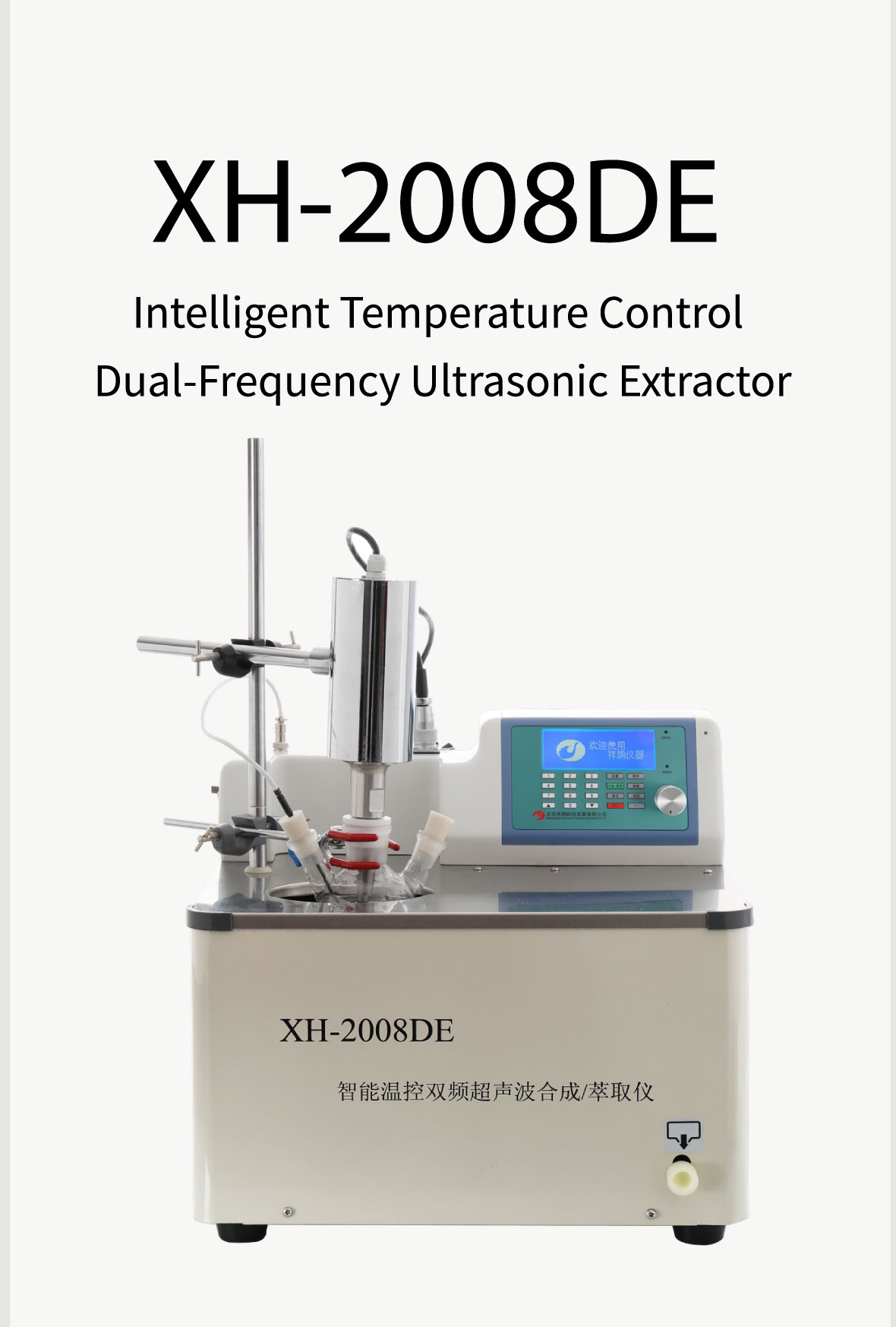



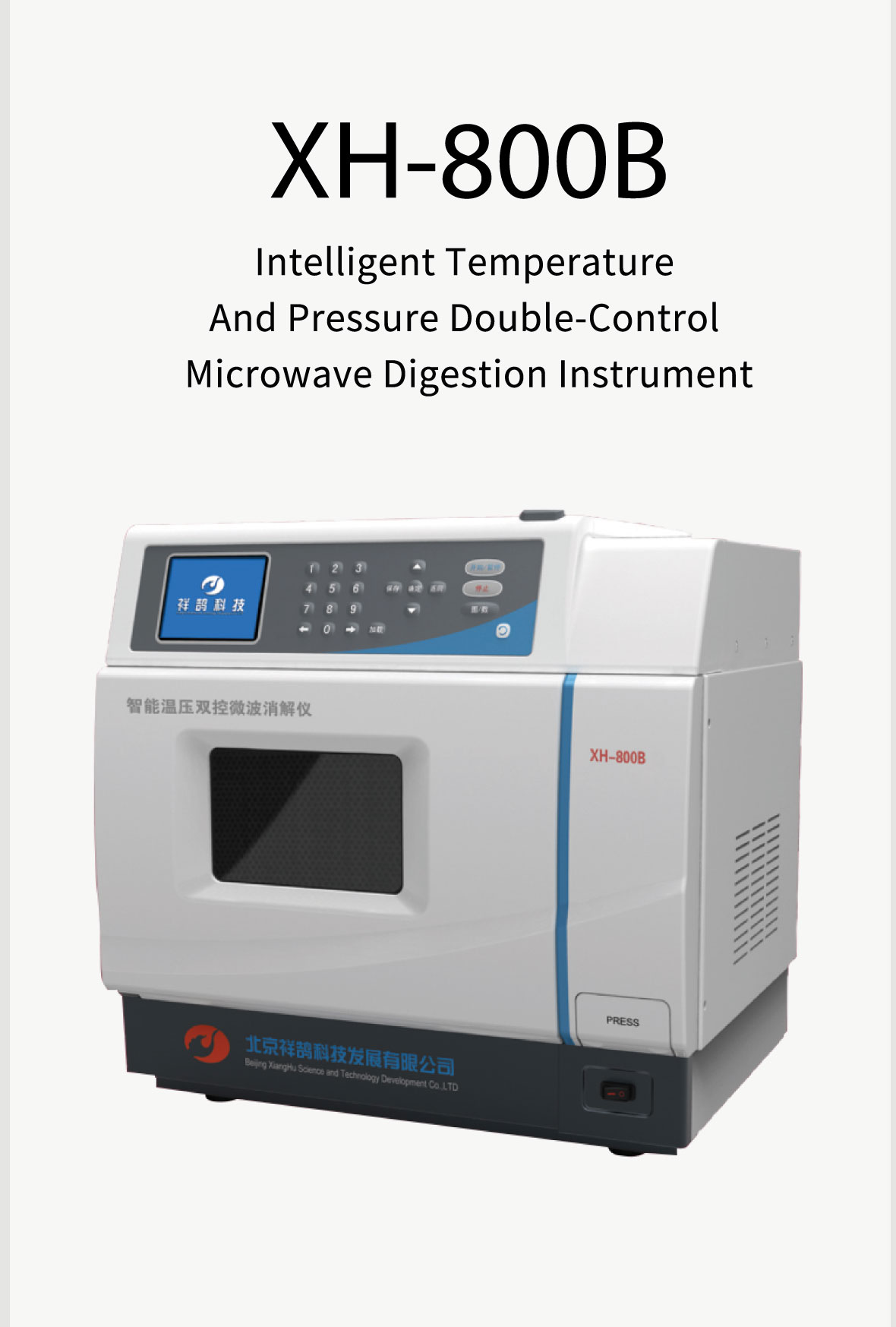

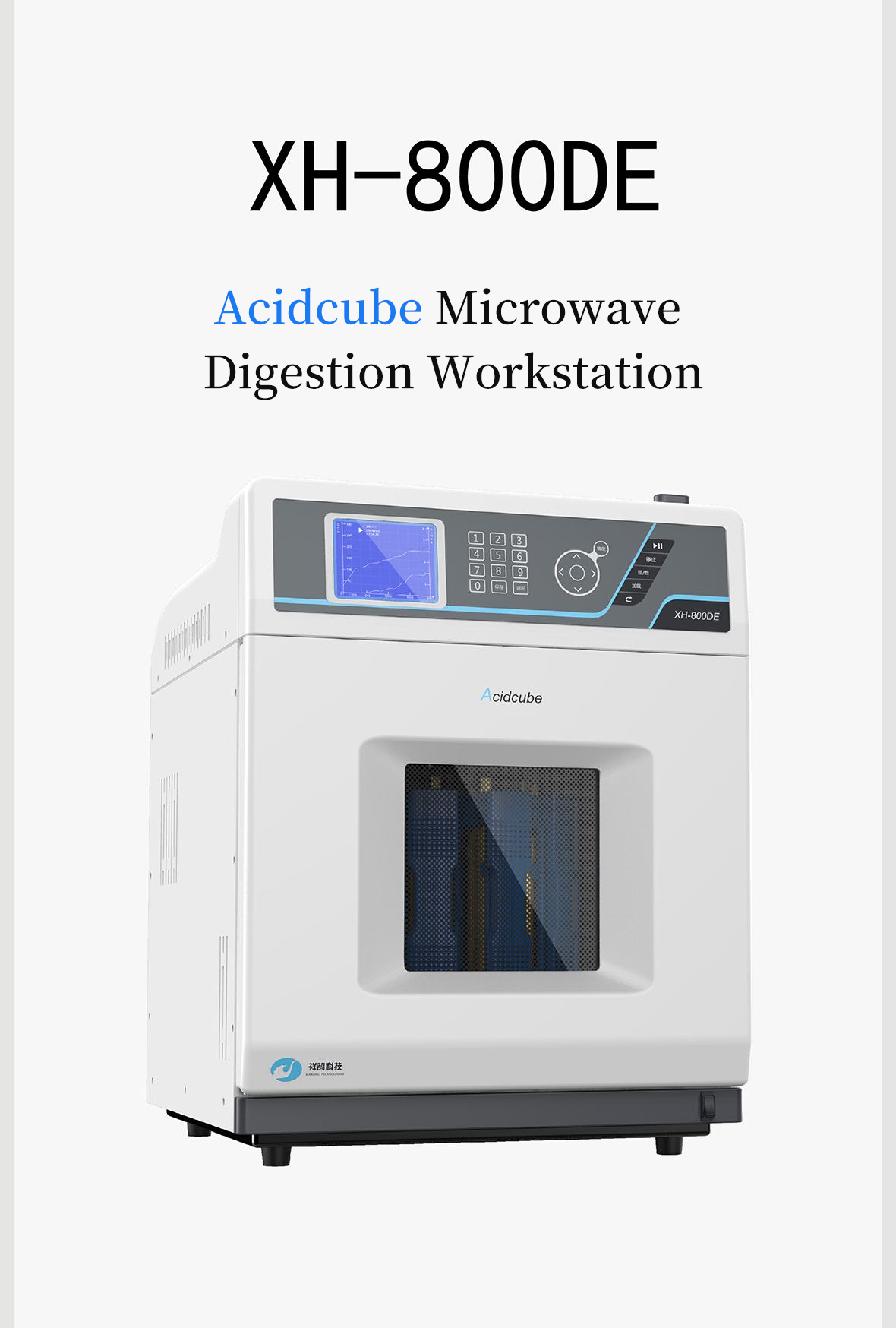

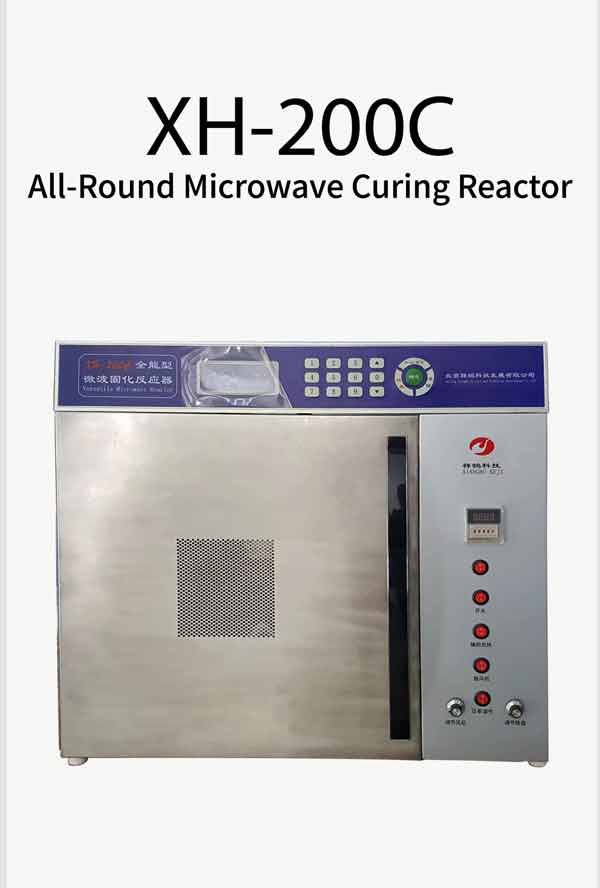
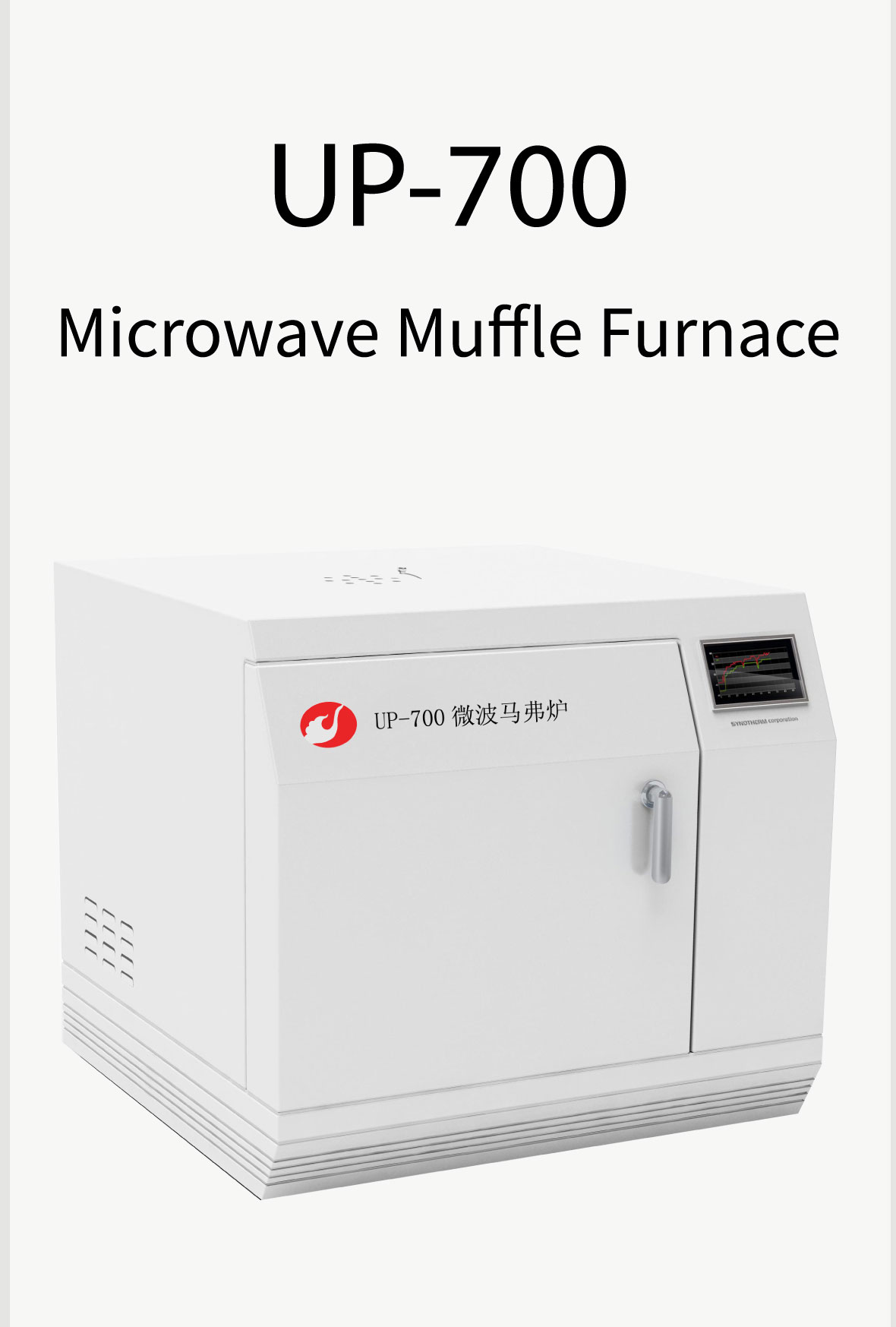

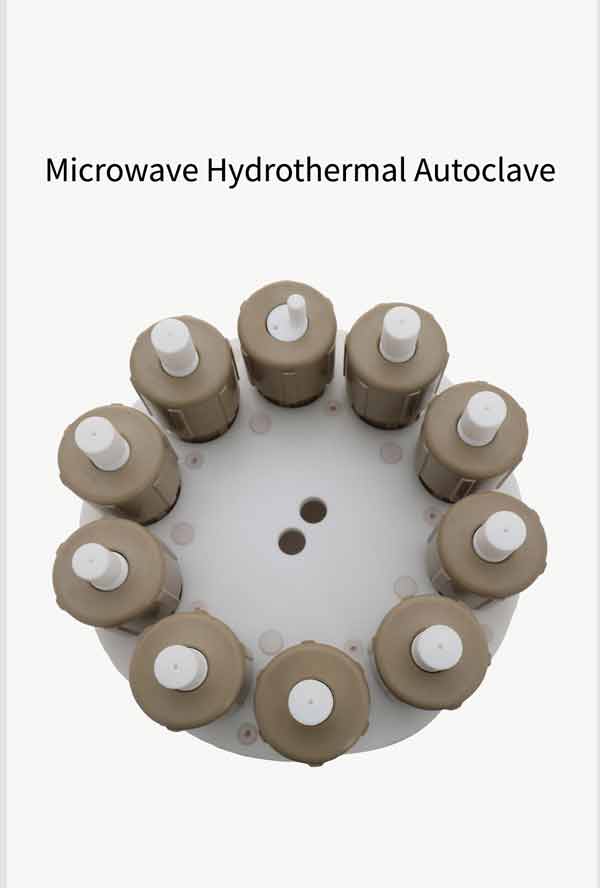




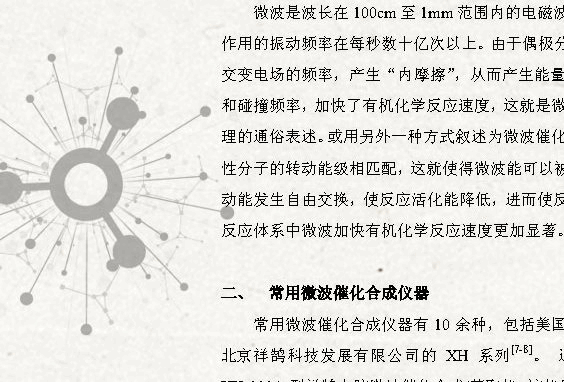

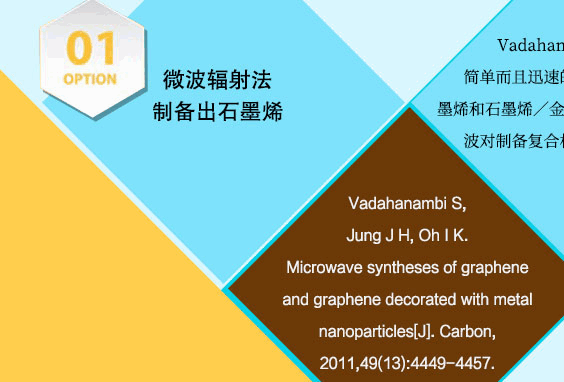
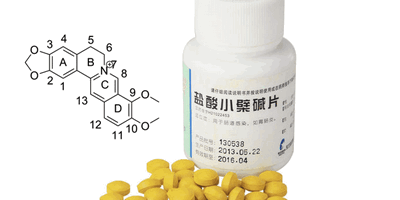


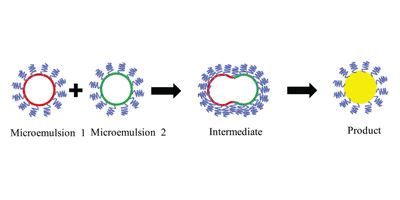
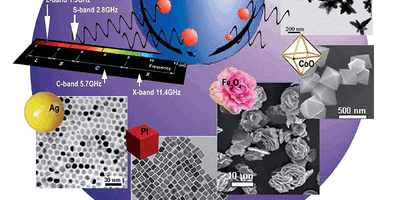
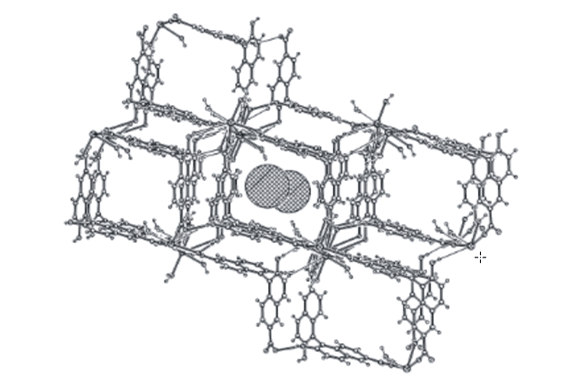
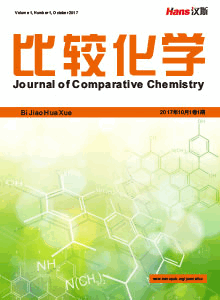
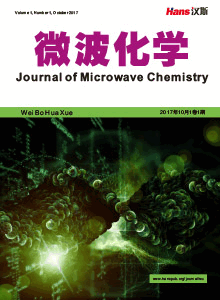
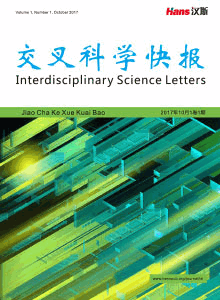




 京ICP备15050585号
京ICP备15050585号

